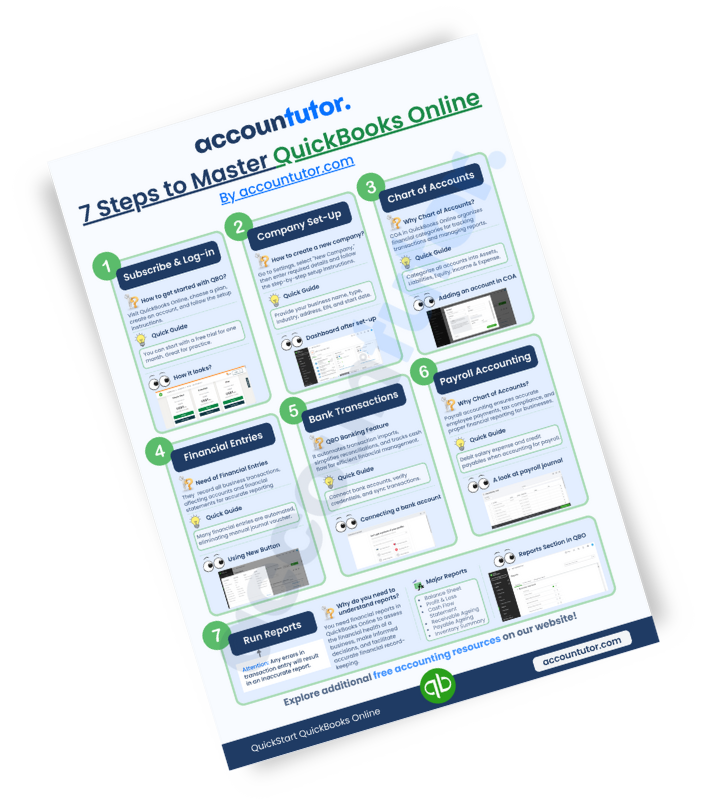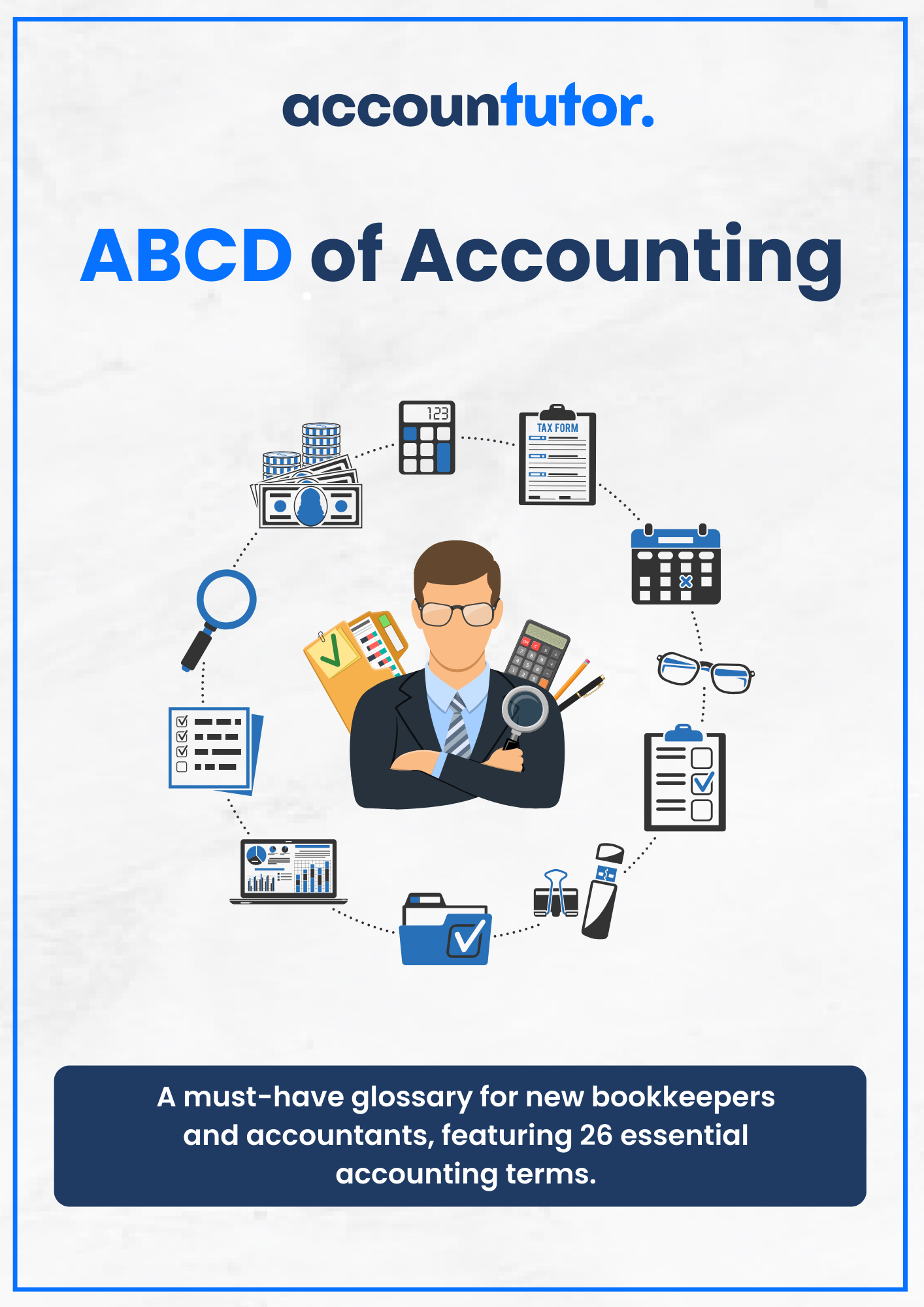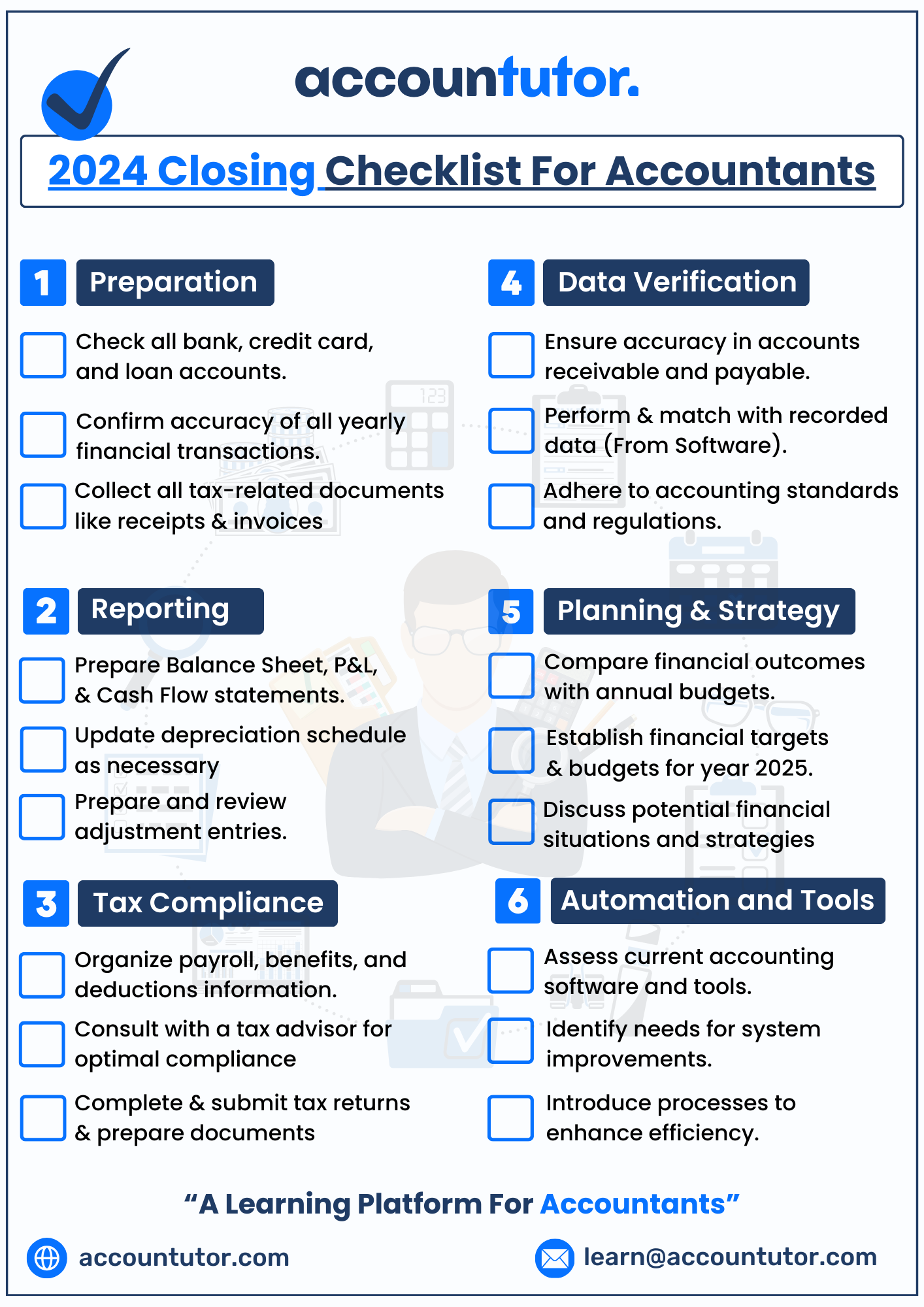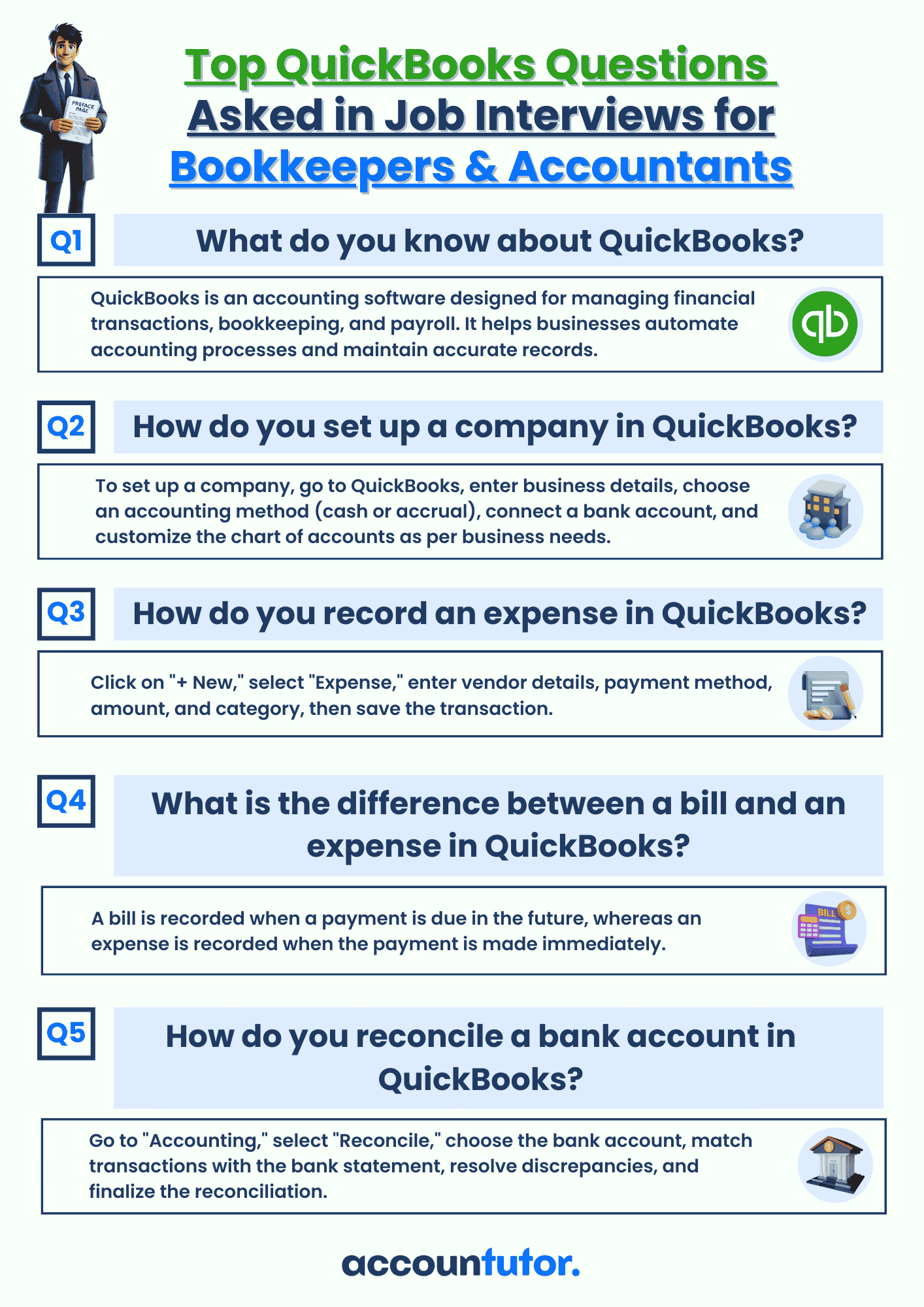Compiling
the Balance Sheet
-
Organizing the Assets
-
Listing the Liabilities
-
Calculating Owner’s Equity
-
Balancing the Sheet
Compiling
the Balance Sheet
A Balance Sheet is a
financial report that shows what a business owns (assets), what it owes
(liabilities), and the owner's share in the business (equity) at
a specific point in time. It gives a complete snapshot of a company’s financial
position—what it has, what it owes, and what’s left over for the owner.
It follows one simple but powerful formula:
Assets = Liabilities + Equity
This formula ensures that everything the business owns is either funded by borrowing (liabilities) or by the owner's investment (equity).
It follows one simple but powerful formula:
Assets = Liabilities + Equity
This formula ensures that everything the business owns is either funded by borrowing (liabilities) or by the owner's investment (equity).
1. Organizing the Assets
Start by listing all your assets—these
are the things your business owns that have value. Assets are usually divided
into two main categories. Current assets include items like cash,
accounts receivable, and inventory—things that are expected to be used or
turned into cash within one year. Non-current assets are long-term items
such as equipment, buildings, and investments that will benefit the business
for more than a year. Each asset should be recorded with a dollar value, either
based on its original cost or its market value, depending on the reporting
method your business follows.
2. Listing the Liabilities
Next,
list all your liabilities—this is the money your business owes to
others. Just like assets, liabilities are categorized into two groups. Current
liabilities include short-term obligations such as accounts payable,
short-term loans, and taxes that are due within a year. Long-term
liabilities are debts or financial commitments that extend beyond one year,
like mortgages or long-term business loans. This section of the balance sheet
reflects your company’s financial obligations and helps identify potential
risks related to outstanding debts.
3. Simple Example
Lastly,
record the owner’s equity, which
represents the owner's financial interest in the business. This includes the capital invested by the owner,
any retained earnings (profits that
have been kept in the business rather than withdrawn), and owner’s drawings or withdrawals
(money taken out by the owner for personal use). Equity is essentially the net worth of the business—it
shows what remains after all liabilities have been subtracted from the assets.
4. Balancing the Sheet
Once you’ve entered all values,
total up the assets on one side and the liabilities plus equity on the other.
The two sides must balance. If they don’t, it means there’s a mistake in
the records or calculations
Key Takeaways
✅ A Balance Sheet shows assets, liabilities, and equity at a
point in time
✅ Assets = Liabilities + Equity is the key formula
✅ It helps measure financial health, risk, and business value
✅ Every amount must be accurate so the two sides stay balanced
✅ A balanced sheet = clean records and smart decision-making
✅ Assets = Liabilities + Equity is the key formula
✅ It helps measure financial health, risk, and business value
✅ Every amount must be accurate so the two sides stay balanced
✅ A balanced sheet = clean records and smart decision-making
Write your awesome label here.
Access all Accounting and Bookkeeping Courses from One Portal.
Mastering Bookkeeping and Accounting
MBA simplifies accounting, ledger management, account balancing and financial statement preparation.
QuickBooks Online For Bookkeepers
From Beginner to Expert: Master QuickBooks Online. Effortlessly Navigate, Analyze Transactions, and Unlock its Full Potential.
Xero Accounting For Bookkeepers
Learn how to use Xero, the leading online accounting software to perform most of the essential bookkeeping tasks.
ChatGpt for Bookkeepers and Accountants
Learn how to use the ChatGPT prompt toolkit to simplify daily accounting tasks for accountants and bookkeepers instantly.
Subscribe to our newsletter
Stay informed with the latest accounting tips, tools, and updates from Accountutor right in your email inbox.
Thank you!
Policy Pages

Download QuickBooks Online PDF Guide
Thank you!

Download QuickBooks Online Cheat Sheet
Thank you!

Download ABCD of Accounting
Thank you!

Download Checklist 2024
Thank you!
Register For Free!
Thank you!

Download Interview Questions
Thank you!

